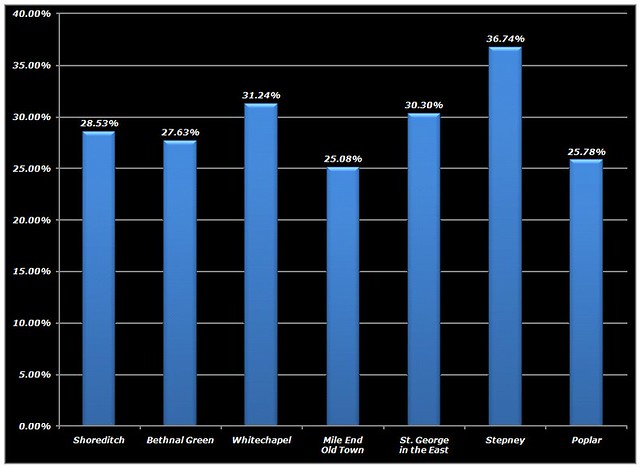Monty
John Bennett agreed that an aspect of the tarpaulin story had been added to the actual record that we base our knowledge on. That is the only substantial point I was making.
I do also - as an opinion - think that the error came about as a result of unintententional, unconscious, institutions suspect bias.
I use the word 'institutional' as the additional 'scavenging' of the tarpaulin is a feature which has appeared in other reputable 'Ripper' books (and documentaries i think) and from there entered the standard storyline.
Also there is an 'old guard' in the Ripper world, of people familiar with each other and friendly with each other - which is hardly surprising or wrong.
I noticed in the recent Ripperologist there is a reference to the 'new guard' in terms which accepts that there is an 'old guard'. So the existence of this 'institution' can hardly be disputed.
I notice they didn't call it the 'young guard' though!
John Bennett agreed that an aspect of the tarpaulin story had been added to the actual record that we base our knowledge on. That is the only substantial point I was making.
I do also - as an opinion - think that the error came about as a result of unintententional, unconscious, institutions suspect bias.
I use the word 'institutional' as the additional 'scavenging' of the tarpaulin is a feature which has appeared in other reputable 'Ripper' books (and documentaries i think) and from there entered the standard storyline.
Also there is an 'old guard' in the Ripper world, of people familiar with each other and friendly with each other - which is hardly surprising or wrong.
I noticed in the recent Ripperologist there is a reference to the 'new guard' in terms which accepts that there is an 'old guard'. So the existence of this 'institution' can hardly be disputed.
I notice they didn't call it the 'young guard' though!






Comment